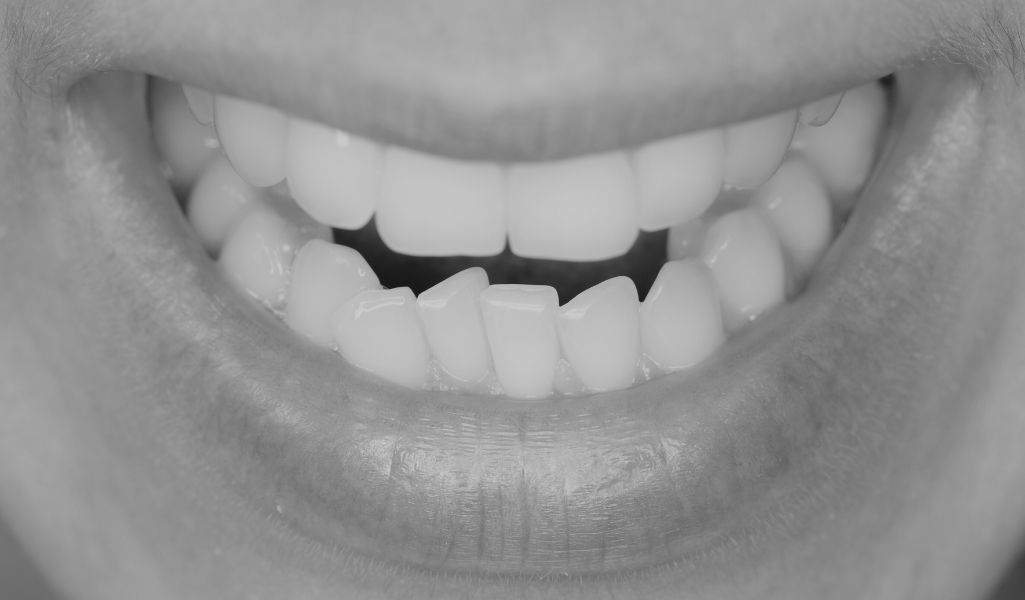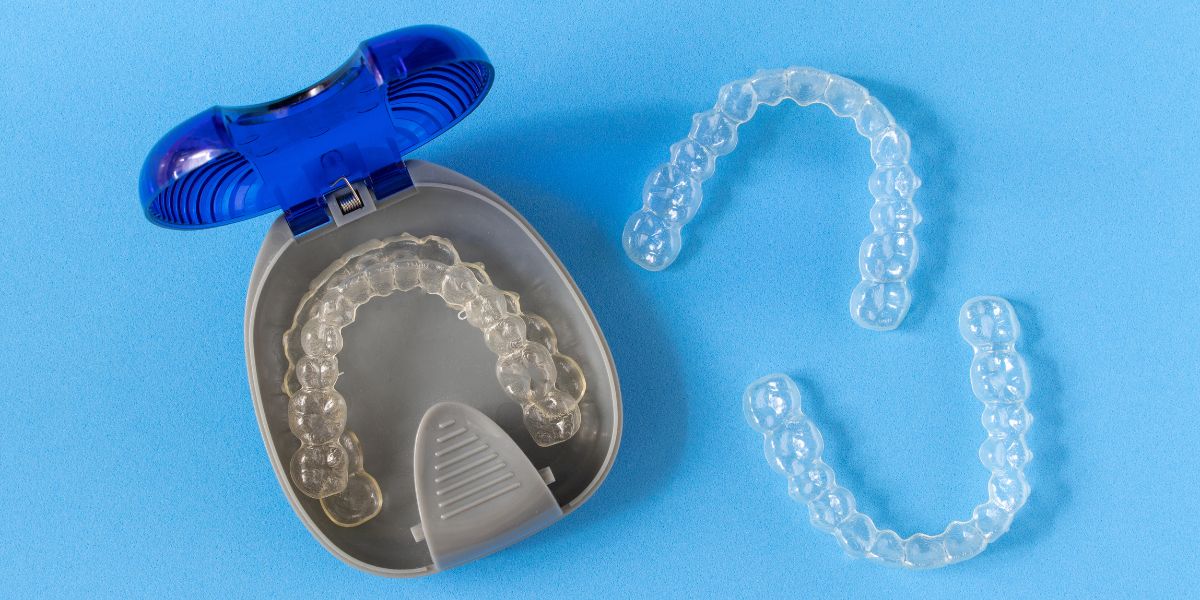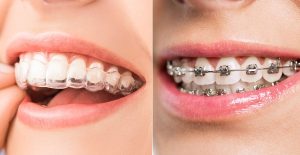Complex Dental Problems? Here’s How Invisalign Solves Challenging Cases
When you think of braces, the image that often comes to mind is a mouth full of metal—brackets, wires, and the uncomfortable journey that comes with them. But what if there was a way to solve your complex dental problems without all that discomfort? Enter Invisalign, the clear aligner treatment that’s changing the way we approach orthodontics. While Invisalign is commonly thought of as a solution for mild misalignments, it’s also a game-changer when it comes to solving complex dental issues.
From severe crowding to bite problems and everything in between, Invisalign has been engineered to tackle even the most challenging cases. Let’s explore how this innovative system is revolutionizing orthodontic care and making it easier than ever to achieve a beautiful, healthy smile.
Complex dental problems can involve a range of issues beyond simple crooked teeth. These can include:
1. Severe crowding – This occurs when there’s not enough space in the mouth for all of the teeth to fit properly. It can cause teeth to overlap or twist in unusual ways.
2. Significant spacing issues – Gaps between teeth can occur naturally or after the loss of teeth, and in some cases, they might require extensive treatment to fix.
3. Overbite/Underbite/Deep bite – These bite issues are common in many patients, where the upper teeth protrude too far forward (overbite), the lower teeth are too far forward (underbite), or the upper teeth excessively overlap the lower teeth (deep bite).
4. Crossbite – This happens when the upper teeth fall inside the lower teeth when biting down, leading to uneven wear or jaw problems.
5. Open bite – An open bite is when the teeth don’t meet properly when biting down, leaving a gap between the upper and lower teeth, which can affect chewing and speaking.
While braces remain a common solution for these types of problems, many patients today are looking for alternatives that are more comfortable, discreet, and less noticeable. This is where Invisalign comes in.
Invisalign works by using a series of clear, made of BPA-free plastic called SmartTrack to gradually shift your teeth into the desired position. The treatment process starts with a 3D scan of your mouth, which creates a digital map of your teeth. From there, your orthodontist will design a treatment plan that’s tailored specifically to your needs.
The aligners are made from a smooth, flexible plastic material that fits snugly over your teeth. Unlike traditional braces, Invisalign is removable, meaning you can take them out to eat, drink, brush, and floss, which makes maintaining good oral hygiene much easier.
You’ll wear a new set of aligners every couple of weeks, each one moving your teeth a little closer to their final position. And since the aligners are clear, most people won’t even notice you’re wearing them.
Invisalign isn’t just for mild cases of crooked teeth. With advancements in technology, it’s now capable of handling severe crowding, spacing issues, and even bite problems. Here’s how Invisalign works for some of the most challenging dental cases:
Severe crowding occurs when there isn’t enough space for all the teeth to fit in the mouth, causing them to overlap or twist. It can make brushing and flossing difficult, and in some cases, may even cause discomfort.

Invisalign works by gradually shifting the teeth into better alignment. Your orthodontist may recommend IPR (Interproximal Reduction), which involves removing small amounts of enamel between teeth to create extra space, allowing the aligners to move the teeth more effectively.
The beauty of Invisalign for severe crowding is that it’s more comfortable than traditional braces, with no metal brackets to irritate your gums. Plus, the aligners are virtually invisible, making them a discreet option for those who don’t want to draw attention to their treatment.
Spacing issues, or gaps between teeth, are another complex dental problem that Invisalign can address. Whether the gaps are the result of missing teeth, genetics, or shifting teeth, Invisalign can work to gradually close these spaces and restore your smile’s harmony.

Invisalign aligners move the teeth closer together, using gentle, controlled pressure to close gaps over time. Since the aligners are clear, they offer a much more aesthetic solution compared to metal braces, which can be especially important if the gaps are in the front teeth.
Bite issues like overbite, underbite, and deep bite are common problems that can affect your oral health and overall quality of life. These issues not only affect the appearance of your smile but can also cause difficulty chewing, speaking, and even jaw pain.
• Overbite: The upper teeth extend too far over the lower teeth.
• Underbite: The lower teeth extend past the upper teeth.
• Deep Bite: The upper teeth excessively overlap the lower teeth, causing discomfort.
Invisalign treats bite issues by gradually shifting the teeth into proper alignment. For overbites, the aligners will push the upper teeth back and the lower teeth forward. For underbites, Invisalign works in reverse, bringing the lower teeth back and the upper teeth forward. Deep bites can be treated by creating more space between the top and bottom teeth.
The beauty of Invisalign is that it can tackle these bite issues without the need for invasive procedures or the discomfort of traditional braces. The aligners are designed to make small, gradual movements to achieve the best results.
A crossbite occurs when the upper teeth fall inside the lower teeth when biting down, which can cause uneven wear and jaw discomfort. An open bite happens when the upper and lower teeth don’t meet when biting, leaving a gap that affects chewing and speech.
Invisalign can treat both conditions by gradually shifting the teeth and jaw into better alignment. In some cases, attachments (small buttons placed on the teeth) are used to apply extra pressure and move the teeth more effectively.
Why is Invisalign gaining popularity for treating complex dental cases? Here are some of the key benefits:
Invisalign aligners are clear and practically invisible, allowing you to straighten your teeth without drawing attention to your treatment.
The smooth, flexible plastic material of Invisalign aligners is much more comfortable than traditional braces, which can irritate your gums.





